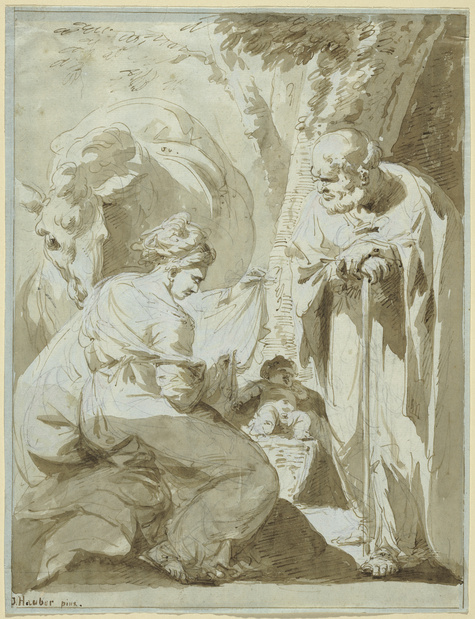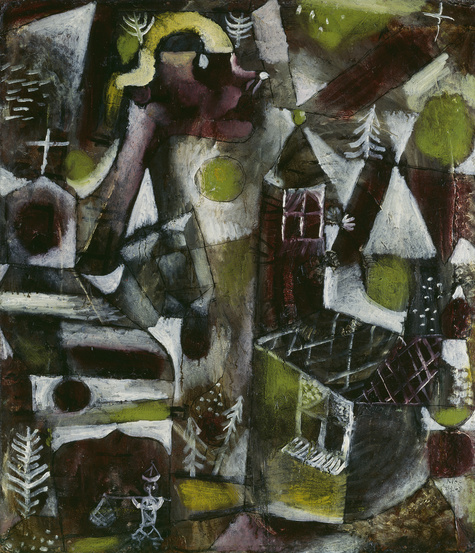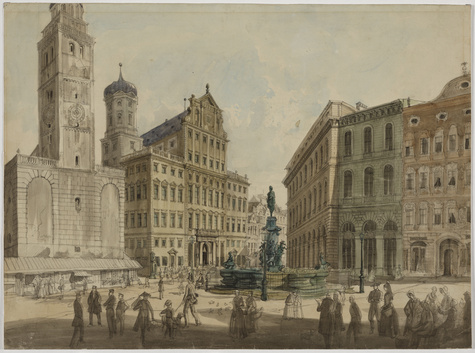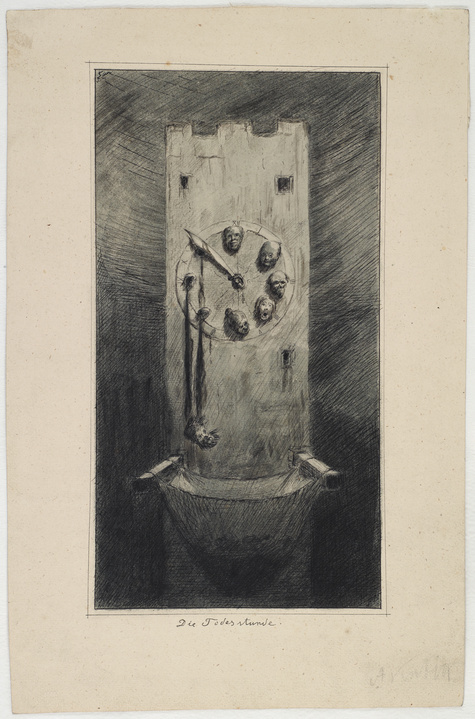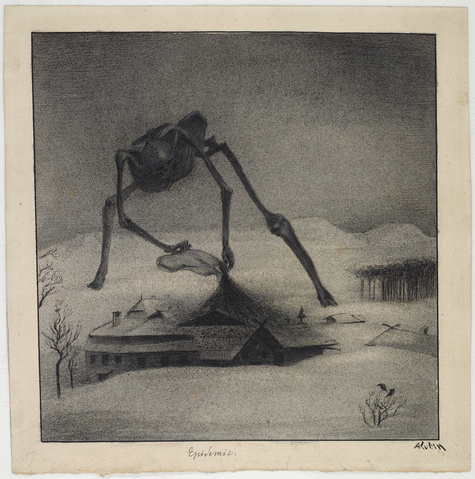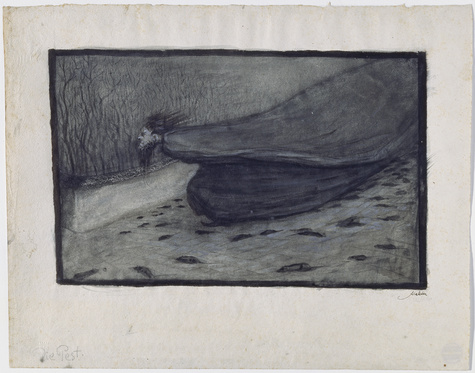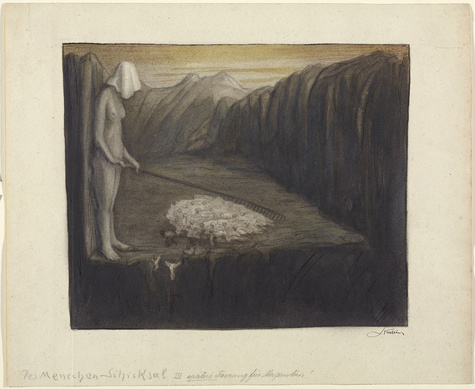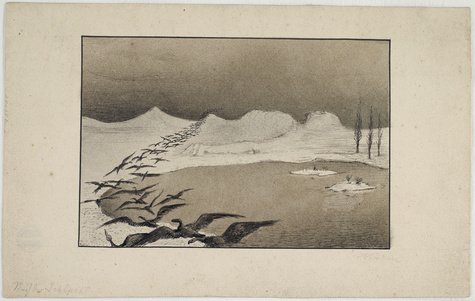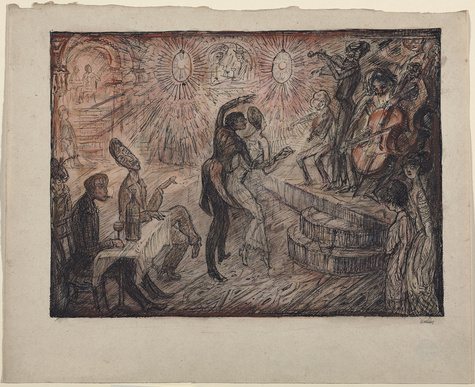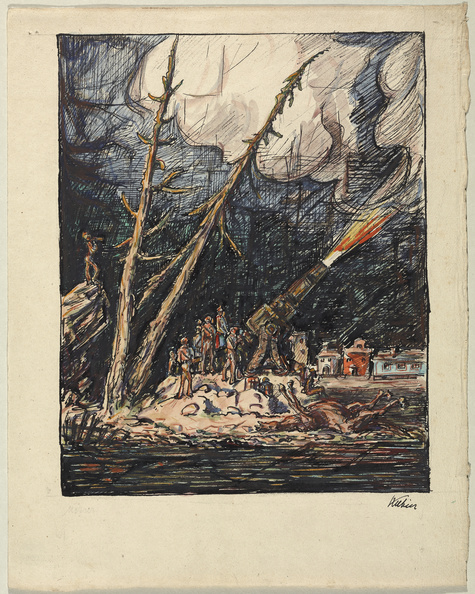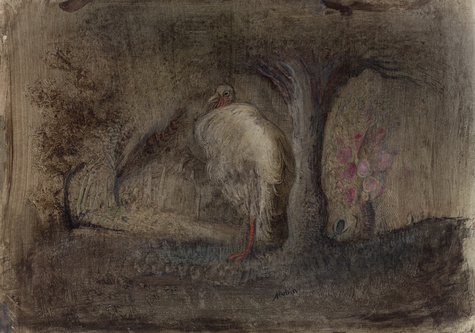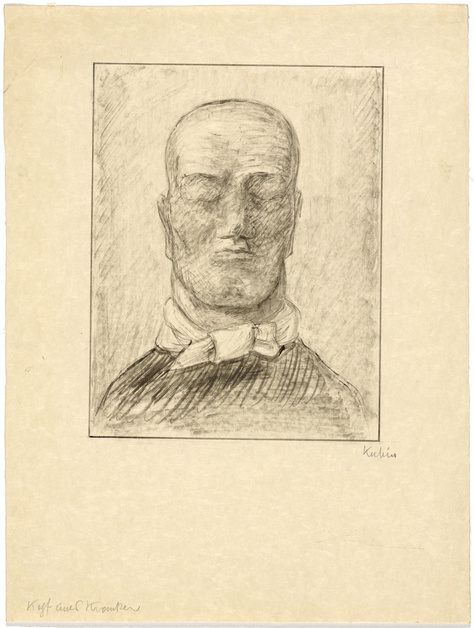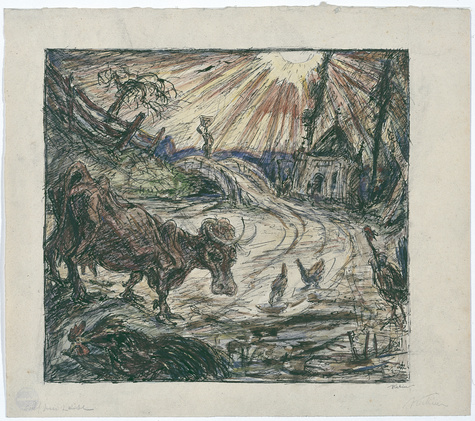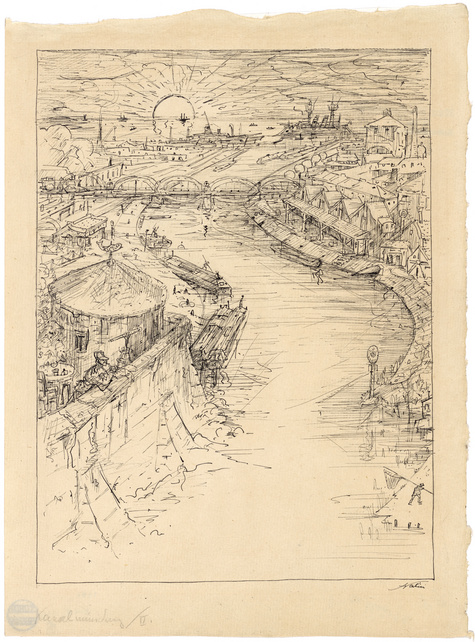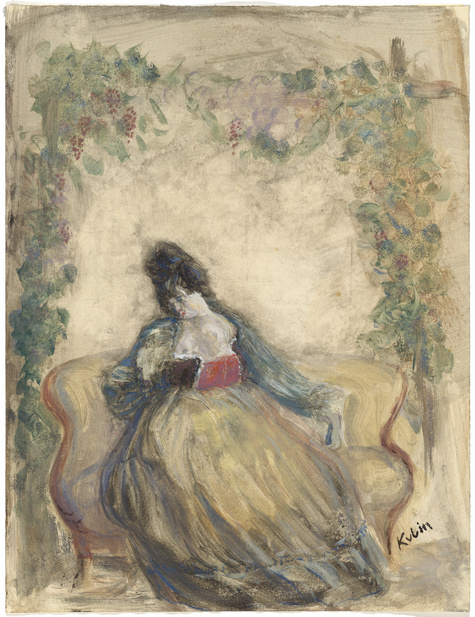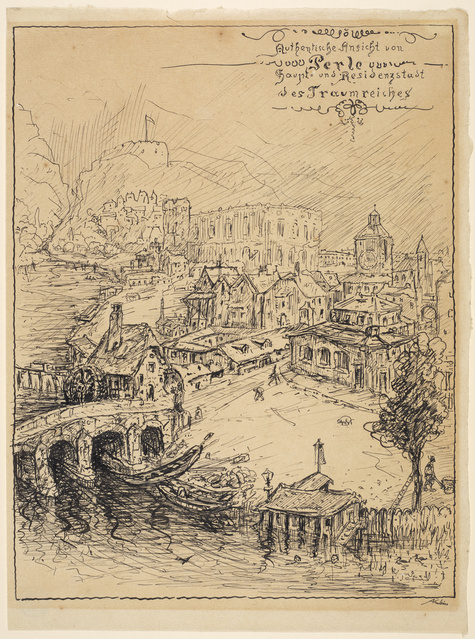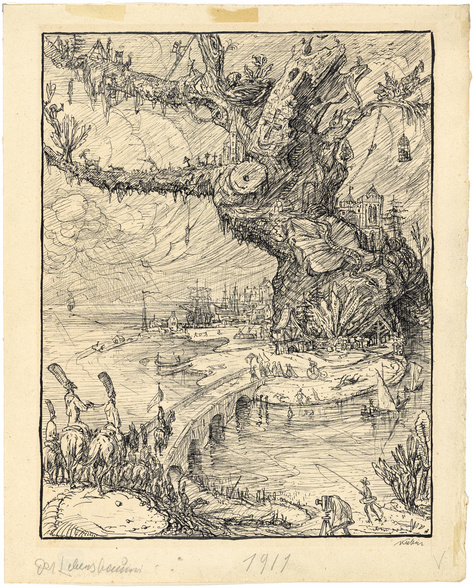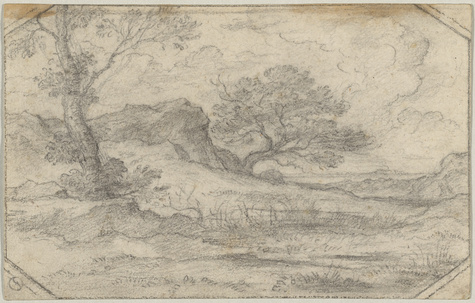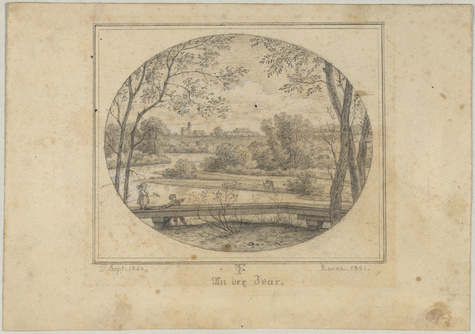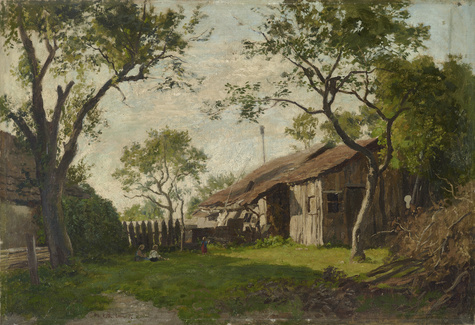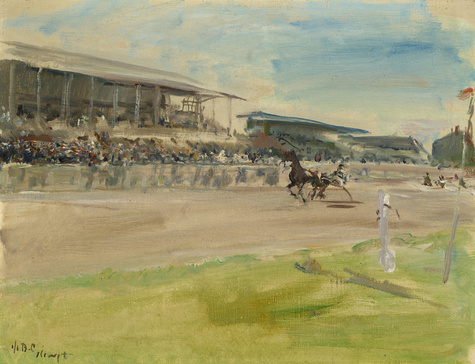Provenance Research
In December 1998, the Federal Republic of Germany joined forty-four other countries in signing the Washington Principles, committing itself to identifying cultural assets seized from victims of persecution and achieving just and fair solutions with the former owners or their rightful heirs. In its October 21, 1999 meeting, the Committee on Culture of the City of Munich passed a resolution pledging the city's support for the search for such assets among the holdings of the city's municipal museums, as requested by the German Federal Government Commissioner for Culture and the Media, the German Museums Association, and the Cultural Foundation of the German Federal States.
For more than fifteen years, the Städtische Galerie im Lenbachhaus has investigated the provenance of the art in its collections. In addition to compiling complete and accurate documentation on all artifacts in our possession, we are committed to implementing the Washington Principles. That is why the Lenbachhaus has systematically reviewed the provenance of works of art that were created before 1945 and entered the collection after 1933. Priority is given to works that have been requested on loan by other museums or are being readied for presentation in our own galleries and that meet the abovementioned criteria. Beyond reviewing our own collections, we also vet potential accessions and works offered to us on permanent loan or as donations.
Our provenance research program is moreover closely bound up with our efforts to shed light on the history of the museum and its collection. We have studied the role the Lenbachhaus played in the Nazi era and the stances and actions taken by the museum's decisionmakers at the time. These efforts have also yielded new insight into the historic art market and the actors of the "art operating system," uncovering and reconstructing the lives and fates of collectors and important dealers and auctioneers who are obscure today but were leaders in their fields.
Beyond the history of the concrete physical objects, our scholarship has unlocked a multiplicity of individual stories, producing a more fine-grained and vivid understanding of historical realities. Such knowledge is essential to a living culture of remembrance. We firmly believe that it is our moral and ethical duty to help ensure that the wrongs inflicted on the victims of the Holocaust will not be forgotten.
Further Reading
Additional information on the Lenbachhaus’s provenance research program and the museum’s history during the Nazi era may be found in the following publications:
Sarah Bock: Zur Provenienz von Paul Klees Sumpflegende, in: Paul Klee. Sumpflegende, 1919. PATRIMONIA 396, ed. Kulturstiftung der Länder and Städtische Galerie im Lenbachhaus und Kunstbau München, Munich 2019, pp. 32–43.
Melanie Wittchow: 255 Kunstwerke im Wert von 97.883 RM – das Lenbachhaus forscht. Ein Beitrag zum Tag der Provenienzforschung, Blogbeitrag zum Tag der Provenienzforschung des Arbeitskreises Provenienzforschung e. V., April 9, 2019.
Sarah Bock: Lenbachgalerie und Städtische Galerie München im Nationalsozialismus und ihre Verbindung zum Historischen Museum der Stadt München, in: Ehem. jüdischer Besitz. Erwerbungen des Münchner Stadtmuseums im Nationalsozialismus, ed. Henning Rader and Vanessa-Maria Voigt, exh. cat. Münchner Stadtmuseum, Munich 2018, pp. 61–76.
Schleusner, Jan: Raub von Kulturgut. Der Zugriff des NS-Staates auf jüdischen Kunstbesitz in München und seine Nachgeschichte, Munich 2016.
Netta, Irene: 75 Jahre Städtische Galerie im Lenbachhaus, Einblicke in eine wechselvolle Sammlungsgeschichte, in: Helmut Friedel (ed.), 75 Jahre Städtische Galerie im Lenbachhaus München, Munich 2004, pp. 11–77.
Zweite, Armin: Franz Hofmann und die Städtische Galerie 1937, in: Die "Kunststadt München" München 1937. Nationalsozialismus und "Entartete Kunst," Munich 1987, pp. 261–88.
Lecture Series: Finding words
Here you can find the live recordings of our digital lecture series "Finding Words. Sensitive Language in Provenance Research and in the Museum Context", which took place from January 18 to February 24, 2022. In short lectures with English subtitles, experts report on the origin, meaning and historical use of critical terms.
This is what you can expect in the lectures:
Léontine Meijer-van Mensch, director of the ethnological museums in Leipzig, Dresden and Herrnhut, gives an introductory report on how speechlessness can be overcome in museums and what processes need to be initiated to achieve this.
Ronen Steinke, journalist and author at the Süddeutsche Zeitung, points out Yiddish terms that often have negative connotations, such as the words "mauscheln" or "Mischpoke".
In his lecture, Matthias Heine, editor at the Welt and book author, discusses National Socialist neologisms, words with deliberate changes in meaning or terms revalued under National Socialism, as well as the militarisation of language at the time.
Albert Gouaffo, literary and cultural scholar, pleads for the decolonisation of museum terms.
In a concluding discussion, Julia Y. Alfandari, Doreen Mende, Seggen Mikael, Matthias Mühling and Mirjam Zadoff exchange views on the significance and dimension of the topic of language in efforts to bring about structural change in the cultural sphere.
Fair and just
Just and fair solutions have been achieved with the former owners or their heirs for the following works of art:


